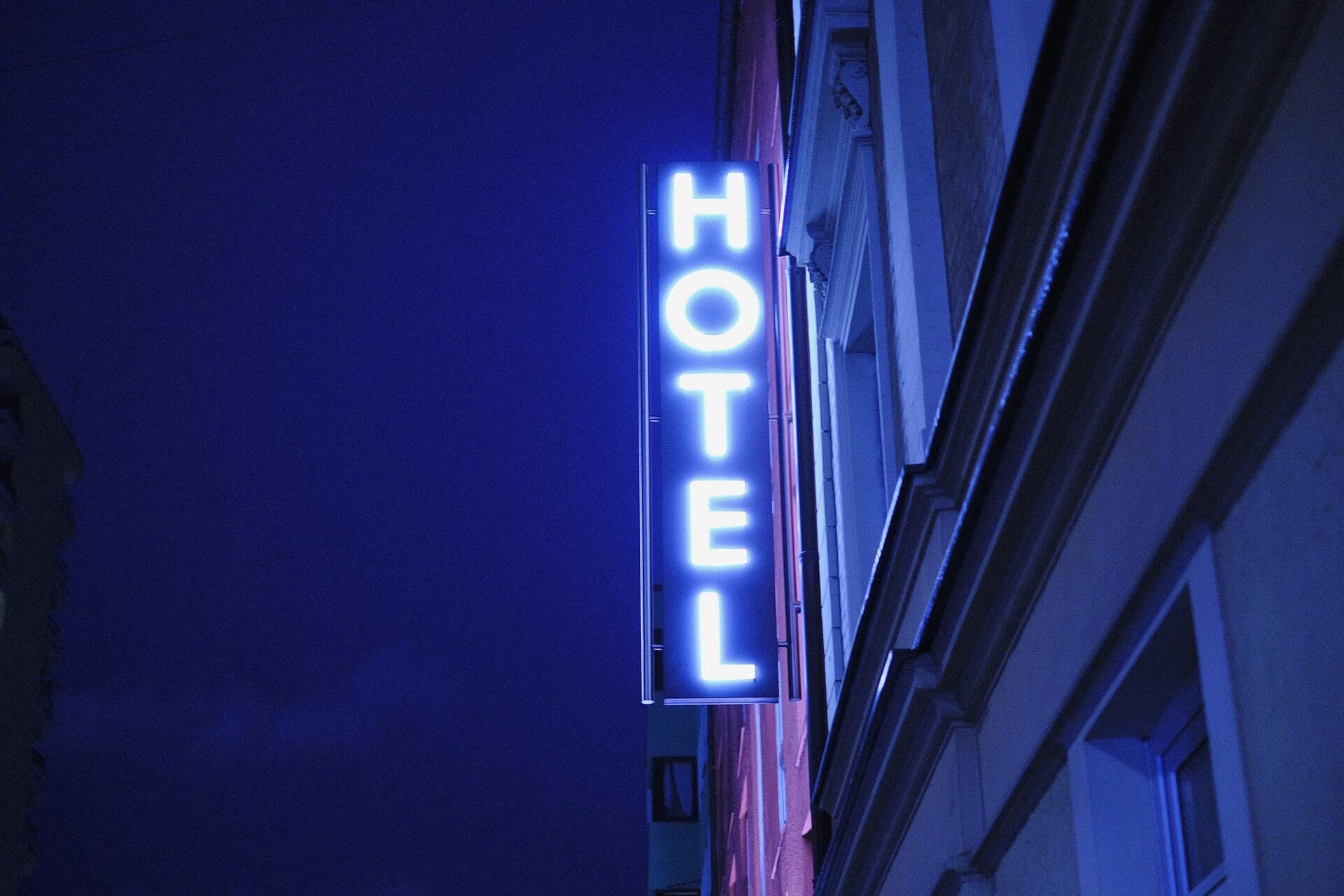Meeting Expectations Through Hotel Design
by David Klemt

During Hospitality Design Expo 2021, the show’s version of a live “Ask Me Anything” addressed meeting and exceeding new guest expectations.
On the design side, firms must meet the needs and visions of clients and brands. In turn, design clients are attempting to best meet their guests’ expectations in the short and long term.
Additionally, agencies are designing for the pandemic-driven new normal. The way guests use hotels and resorts has changed. Hotel and resort operators must adapt, and so must the designers with whom they work.
Gonzalo Bustamante, Executive Vice President, Design and Development, MGM Resorts International
Quick to point out that he comes from the design world rather than the hotel world, Bustamante is proud of how fast MGM embraced the pivot.
The company adapted to meet the needs of guests while also doing what’s necessary for the bottom line.
Bustamante feels we’re all living and working “in the new version of reality.” Therefore, moving forward, MGM properties will feature design based on the new normal.
When collaborating with designers, Bustamante looks for storytellers who can listen and stay on budget.
Kristen Conry, Senior Vice President, Global Design, US & Canada, Marriott International
What was once a guest desire, says Conry, is now an expectation.
For instance, guests expect hotels and resorts to build and operate sustainably; offer health and wellness features; and provide access to outdoor spaces.
Conry is curious about two specific elements of hotel and resort design.
One, she has an interest in how all-inclusive stays and properties will perform and progress.
Two, Conry wonders if hotel groups shrinking their carbon footprints will encourage guests to make more repeat visits. If a guest is motivated to support a particular brand because of their commitment to “green” operations, the hope is that they won’t cut back on hotel stays to shrink their own footprint.
Conry is encouraged by the increase in conversations designers and their clients are having about utilizing indoor-outdoor and outdoor spaces.
Gary Dollens, Global Head, Design / Product and Brand Development, Hyatt
Leisure travelers are returning to hotels, meaning they’re more important now to the bottom line, per Dollens.
However, there are two other developments that seem to have really caught Dollens’ attention.
One is hotel and resort properties operating with smaller teams. The second is that margins are “better than they’ve ever been.”
If groups can operate with smaller teams without impacting the guest experience negatively, why would they return to working with larger teams? Operators, encouraged by improved margins, are now used to new changes and are unlikely to go back to pre-pandemic operations.
For example, Dollens stated that Hyatt’s current RevPAR (revenue per available room) is up 19 percent compared to 2019. The company also acquired all-inclusive luxury brand Apple Leisure Group for $2.7 billion this year.
Helen Jorgensen, Vice President, Design and Procurement, Host Hotels & Resorts
Jorgensen and Host, like so many companies, adapted to working remotely.
Of course, teams used to gather to discuss design projects. Now, they gather digitally to review virtual room models.
However, it seems she’s eager to return to working in person. After all, while we’ve definitely made leaps and bounds in terms of technology, nothing beats experiencing a hotel room physically. There’s no better way—at the moment—to gauge the guest experience than actually touching and seeing everything in person.
Host and Jorgensen, like MGM and Bustamante, have been moving quickly. She expects Host to complete 16 major property renovations by 2023.
Part of those renovations has to do with room size and amenities. For instance, Jorgensen says suites will account for 19 percent of property rooms. That’s more than double current Host inventory, which is eight percent.
In terms of other design trends, Jorgensen expects sustainability to become more important to more guests. Certainly, that’s related to another trend Jorgensen identifies as crucial moving forward: wellness.
Larry Traxler, Senior Vice President, Global Design, Hilton
All-inclusive experiences are the future for hotels and resorts, per Traxler. Given the increased stress guests are experiencing on a daily basis due in large part to the pandemic, this makes sense.
Guests want to show up and know that everything is handled—eliminating friction is a luxury.
Speaking of which, luxury and lifestyle categories are performing very well for Hilton. However, extended stay is the current category leader for the brand.
When it comes to design challenges, Traxler and Hilton are focusing on a few crucial elements: F&B, outdoor experiences, and air quality.
During this session, Traxler said that F&B must evolve. Destination restaurants on property are performing well for Hilton.
That speaks to another crucial element Traxler mentioned: avoiding cookie-cutter design and experiences. Guests want unique experiences, and that extends to all markets. In fact, many guests want access to more outdoor areas, from balconies and pool areas to lawns and restaurants.
And while it may seem counterintuitive, Traxler says that hotels and resorts can improve property air quality without a “massive outlay” of money. In fact, Traxler says there’s no better time than now to build hotels, with Hilton projecting five-percent growth but achieving seven percent.
Summary
When it comes to hotels, resorts, and design, there are a few key factors operators should focus on now and for the future:
- Luxury, extended stay, and all-inclusive categories are performing well.
- The leisure traveler is returning.
- Food & Beverage offerings must evolve.
- The use of outdoor spaces is now integral to design.
- Sustainability, health, and wellness are important to a growing percentage of guests. This includes air quality.
- Smaller teams may shift from trend to standard operating procedure.
- The time to build is now.
